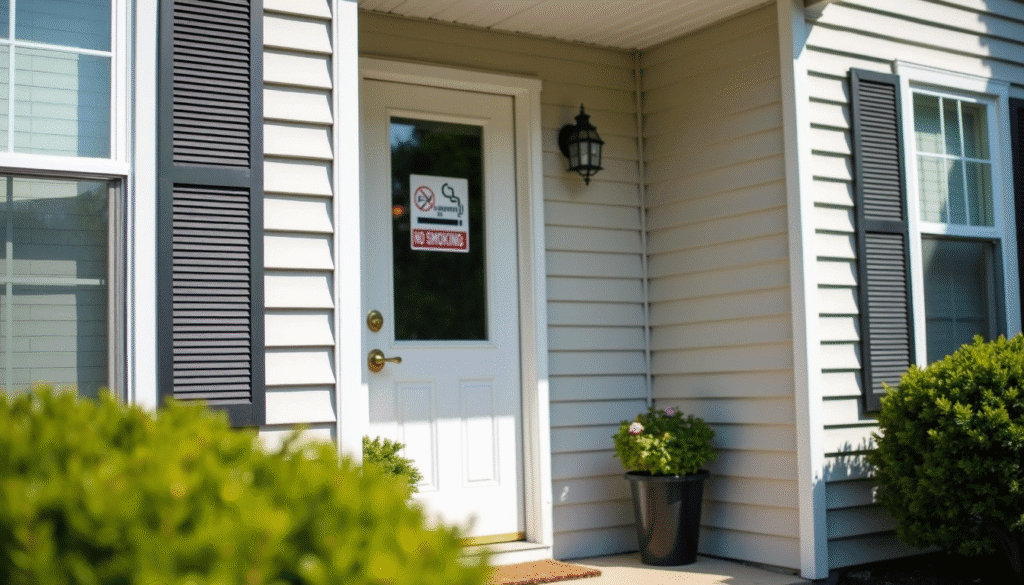Dealing with abandoned property can be a daunting task for landlords, property managers, and even tenants. Whether it’s a result of an eviction, a sudden departure, or a tenant leaving behind personal belongings, handling abandoned property properly is crucial. In this blog, we’ll explore comprehensive tips for dealing with abandoned property, ensuring you navigate this challenging situation effectively and legally.
Understanding Abandoned Property
Before diving into the tips, it’s important to understand what constitutes abandoned property. Typically, property is considered abandoned if a tenant leaves it behind after vacating the rental unit without any intention of reclaiming it. The signs of abandonment may include unpaid rent, disconnected utilities, or the tenant’s absence for an extended period without notice.
Legal Considerations
One of the most critical aspects of dealing with abandoned property is adhering to local and state laws. The regulations regarding abandoned property vary significantly depending on the jurisdiction. Failing to comply with these laws can lead to legal complications and potential liabilities.
1. Know Your State’s Laws
Different states have different procedures for handling abandoned property. Some states require landlords to provide written notice to the tenant, allowing them a specific period to reclaim their belongings. In other states, landlords may be required to store the property for a certain period before disposing of it. Familiarize yourself with the laws in your state to ensure compliance.
2. Provide Proper Notice
If the law requires, provide the tenant with a written notice regarding their abandoned property. The notice should include a description of the items, the location where they are stored, the time frame within which the tenant must reclaim them, and the consequences of not doing so. This notice serves as a legal safeguard and demonstrates your effort to address the situation responsibly.
3. Document Everything
Documenting the condition and contents of the abandoned property is essential. Take photographs and make detailed lists of the items left behind. This documentation can be invaluable if there are disputes later on. It also helps establish a clear record of the process you followed.
Practical Steps for Handling Abandoned Property
Beyond legal considerations, there are practical steps you can take to efficiently manage abandoned property.
4. Assess the Value
Evaluate the value of the abandoned items. Items of significant value should be handled with care, potentially requiring appraisal or professional storage. On the other hand, items of little or no value can often be disposed of more easily. Understanding the value helps determine the best course of action.
5. Secure the Property
Once you’ve determined that the property is abandoned, secure the premises. Change the locks to prevent unauthorized access and ensure the safety of the items left behind. This step is crucial for protecting yourself from potential liability if the property is damaged or stolen after abandonment.
6. Store the Belongings
If required by law or if the items are of value, arrange for proper storage. This could involve renting a storage unit or designating a secure area within the property. Ensure the items are stored safely to prevent damage. Keep a record of storage costs as you may be able to recoup these expenses from the tenant or through the sale of the items.
Communication with Former Tenants
Effective communication with the former tenant can sometimes resolve issues related to abandoned property more amicably.
7. Attempt Contact
Before taking drastic measures, attempt to contact the former tenant. Use all available means such as phone calls, emails, and forwarding addresses. In some cases, the tenant may not be aware that they left items behind, or they might be willing to make arrangements to retrieve their belongings.
8. Negotiate a Resolution
If the tenant responds, try to negotiate a resolution. This could involve setting a mutually agreeable time for them to collect their items or reaching an agreement on the disposal or sale of the property. A cooperative approach can often lead to a quicker and less contentious resolution.
Disposal of Abandoned Property
If the tenant fails to reclaim their property within the stipulated time frame, you may need to dispose of the items. This process should be handled with care to avoid potential legal issues.
9. Donate or Sell Items
Consider donating usable items to charity. Many charitable organizations will pick up large items like furniture, making this a convenient option. Alternatively, valuable items can be sold to recover unpaid rent or storage costs. Keep thorough records of any transactions for future reference.
10. Properly Dispose of Junk
For items that cannot be donated or sold, arrange for proper disposal. This may involve hiring a junk removal service or taking items to a local landfill. Ensure that disposal methods comply with local regulations, particularly for hazardous materials.
Preventive Measures
Preventing issues related to abandoned property starts with proactive measures during the tenancy.
11. Clear Lease Agreements
Include clear clauses in your lease agreements regarding the handling of abandoned property. Specify the tenant’s responsibilities for removing their belongings and outline the steps you will take if items are left behind. This transparency can help prevent misunderstandings later.
12. Regular Inspections
Conduct regular property inspections to identify potential issues early. Regular visits can help you detect signs of abandonment, such as accumulated mail or neglected maintenance. Addressing these signs promptly can prevent situations where property is left behind unexpectedly.
Conclusion
Dealing with abandoned property requires a balanced approach that considers legal obligations, practical steps, and effective communication. By understanding the laws in your state, documenting everything, and taking appropriate actions, you can navigate this challenging aspect of property management with confidence. Preventive measures, clear communication, and a methodical approach will not only protect your interests but also ensure a smoother resolution for all parties involved.






